We have all heard it — the solid thump of a bird hitting a window. And photos of lots of dead birds — victims of hitting a window near skyscrapers — are awful to see. But only one per cent of all window mortality is from those tall skyscrapers, while 44 per cent of all window strike mortality is due to collisions with windows on buildings that are one to three stories tall.
These data were presented at a recent Zoom presentation through the Cornell Laboratory of Ornithology. They listed the top 10 species that are victims of these window strikes: black-throated blue warbler, ovenbird, ruby-throated hummingbird, yellow-bellied sapsucker, wood thrush, gray catbird, common yellowthroat, brown thrasher, white-breasted nuthatch and American goldfinch.
Most importantly, they pointed out that most of this mortality can be prevented. Birds do not realize that a window is a solid obj
ect that they cannot fly through because they see reflections of outside vegetation which they can fly through. Fortunately, there are several affordable solutions that make windows visible from outside while they are barely noticeable from inside. To watch the video of the meeting go online to YouTube and search for “it’s Clear: Glass Kills.”
We had several days of below normal temperatures last week, and we got over four inches of rain in a nor’easter on May 22. Such weather is not good for swallows and other birds that capture insects on the wing. John Freedman reports five bedraggled barn swallows sheltering up in a corner of his porch at 10 p.m. on May 22. The rain had stopped by 2 a.m. and the swallows had left. The next morning, they were flying weakly and trying to dry off on his back deck, hungry and weakened after a few days of less than favorable weather.
Our beach-nesting birds (piping plovers, American oystercatchers, terns and gulls) had many of their beach nests get washed away by the high northeasterly winds which made large waves and unusually high tides.
A sign of the soon to be ending northward migration is the arrival of the first shearwaters and jaegers that have migrated north from their Southern Atlantic nesting colonies. At Moshup Beach on May 19, Bob Shriber watched a parasitic jaeger chasing terns that had caught small fish. There were also unusual numbers of other birds streaming by, including 20 laughing gulls, 800 American herring gulls, 200 great black-backed gulls, 350 common terns and 80 roseate terns. And Olsen Houghton spotted two dead sooty shearwaters at Tashmoo Beach on May 20.
Sandpipers and plovers that nest in the Arctic tundra are also racing northward.
Allan Keith reports that on Norton Point he found at least 50 ruddy turnstones, 400 sanderlings and 350 dunlins on May 13. Impressive numbers!
Susan Whiting, Bob Shriber and Nancy Nordin spotted six black-bellied plovers, three short-billed dowitchers, four ruddy turnstones, two sanderling and 35 dunlins on Norton Point on May 19.
The next day, Rand Burnett watched one black-bellied plover, three short-billed dowitchers, one lesser yellowlegs, one ruddy turnstone and one sanderling at Wasque.
On May 21, Chris Scott observed eight black-bellied plovers, two short-billed dowitchers, two greater yellowlegs, 18 sanderlings and 32 dunlins on Norton Point. At Eel Pond that day, Bob Shriber counted one black-bellied plover, 35 ruddy turnstones, five red knots, one sanderling and one semipalmated sandpiper.
On May 22, Lanny McDowell and Bob Shriber saw many dunlins in full breeding garb (they used to be called red-backed sandpipers for a good reason), a small number of sanderlings and semipalmated sandpipers, and a few short-billed dowitchers.
Sea Williams, Bridget Dunnigan, Ruth Richards, Nancy Weaver and Jeff Bernier spotted various combinations of 62 ruddy turnstones, three red knots, 38 sanderling, one least sandpiper and four semipalmated sandpiper at Eel Pond on May 23. Many of these reports also noted American oystercatchers, willets, piping plovers, least terns and common terns.
Another new species for the season is a bobolink, a grasslands species that Chris Scott found at Bold Meadow on May 25.
Warblers that do not nest here have been spotted. Allan Keith visited the Gay Head moraine on May 12 and spotted one bay-breasted warbler. On May 17 at Squibnocket, he found one blackpoll warbler, one blackburnian warbler, three bay-breasted warblers and one yellow-rumped warbler.
Susan Whiting observed a Cape May warbler at Quenames Road on May 20.
On May 23, two sets of yellow-rumped warblers were found: Chris Scott had two at Squibnocket Pond and Jennifer Slossberg found two at the northern end of Watcha Pond.
Most of our resident warblers were observed on May 24 by two couples: Rob and Pam Davey at Menemsha Hills and Bridget Dunnigan and Sea Williams at Waskosim’s Rock Reservation. They saw ovenbird, blue-winged warbler, black and white warbler, common yellowthroat, American redstart, northern parula, yellow warbler, prairie warbler and pine warbler.
For the second year in a row, we have a red-shouldered hawk on the Island. Last year it fledged young near Indian Hill Road, and this year Ruth Richards found one at the grounds of the Agricultural Hall on May 25.
Also newsworthy is Nancy Nordin hearing a barred owl calling at home on May 24. She recalls hearing one at her house last year too.
Ruth Richards spotted two chimney swifts at James Pond on May 21. They have been there every year for a long time, perhaps the only place other than downtown areas where they frequent.
Finally, cedar waxwings have been seen. On May 20, Heidi Macy found one at Lambert’s Cove Beach, and the team of Sea Williams and Bridget Dunnigan saw a flock of 28 at the Hoft Farm.
On May 21, Ruth Richards spotted one at James Pond, Chris Scott saw six at Squibnocket Pond on May 23, and on May 24 Nancy Weaver observed eight at Tashmoo Springs while Dana Bangs located four at Blackwater Pond.
Please email your sightings to birds@vineyardgazette.com.
Robert Culbert is an ecological consultant living in Vineyard Haven.


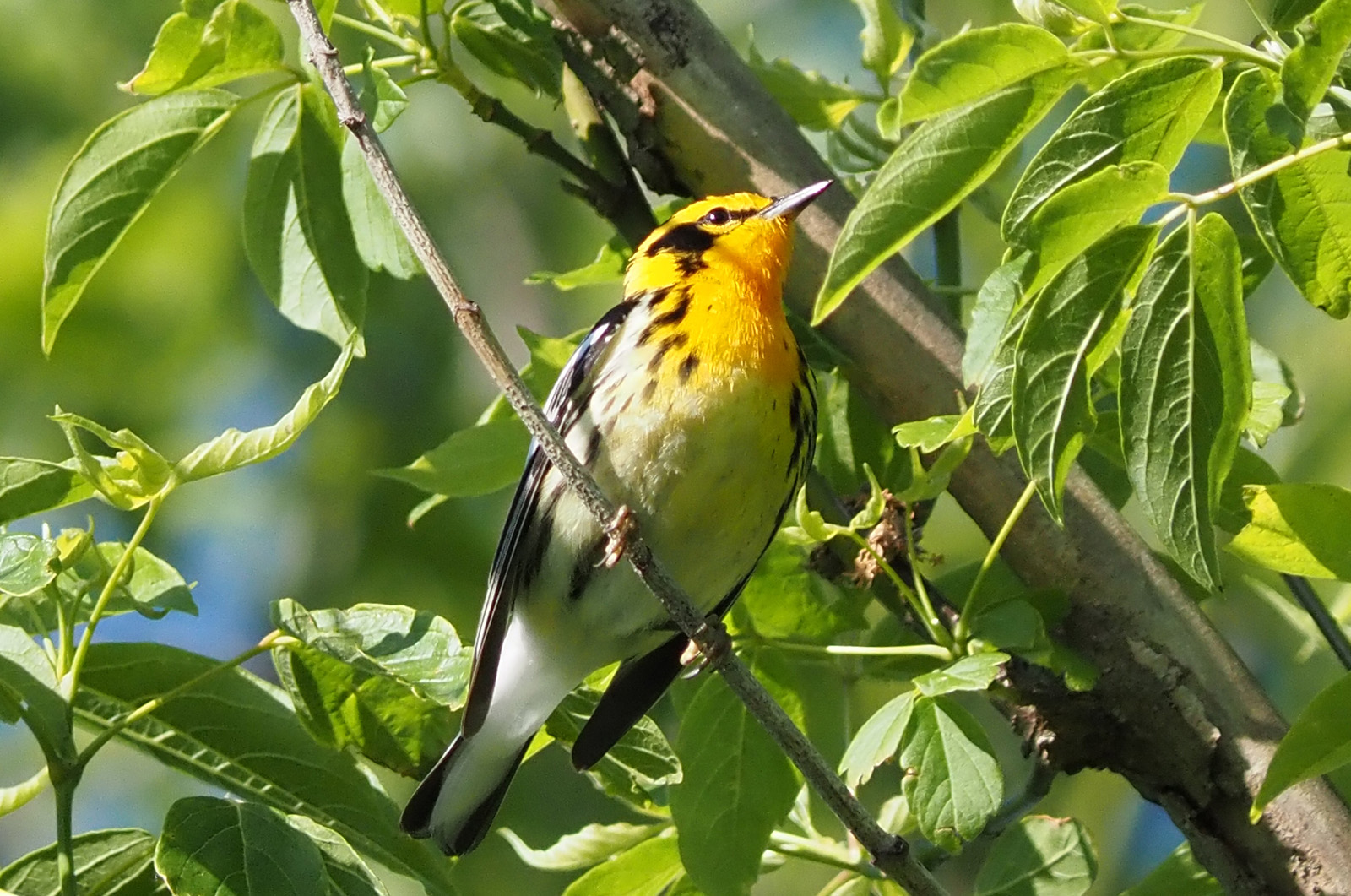
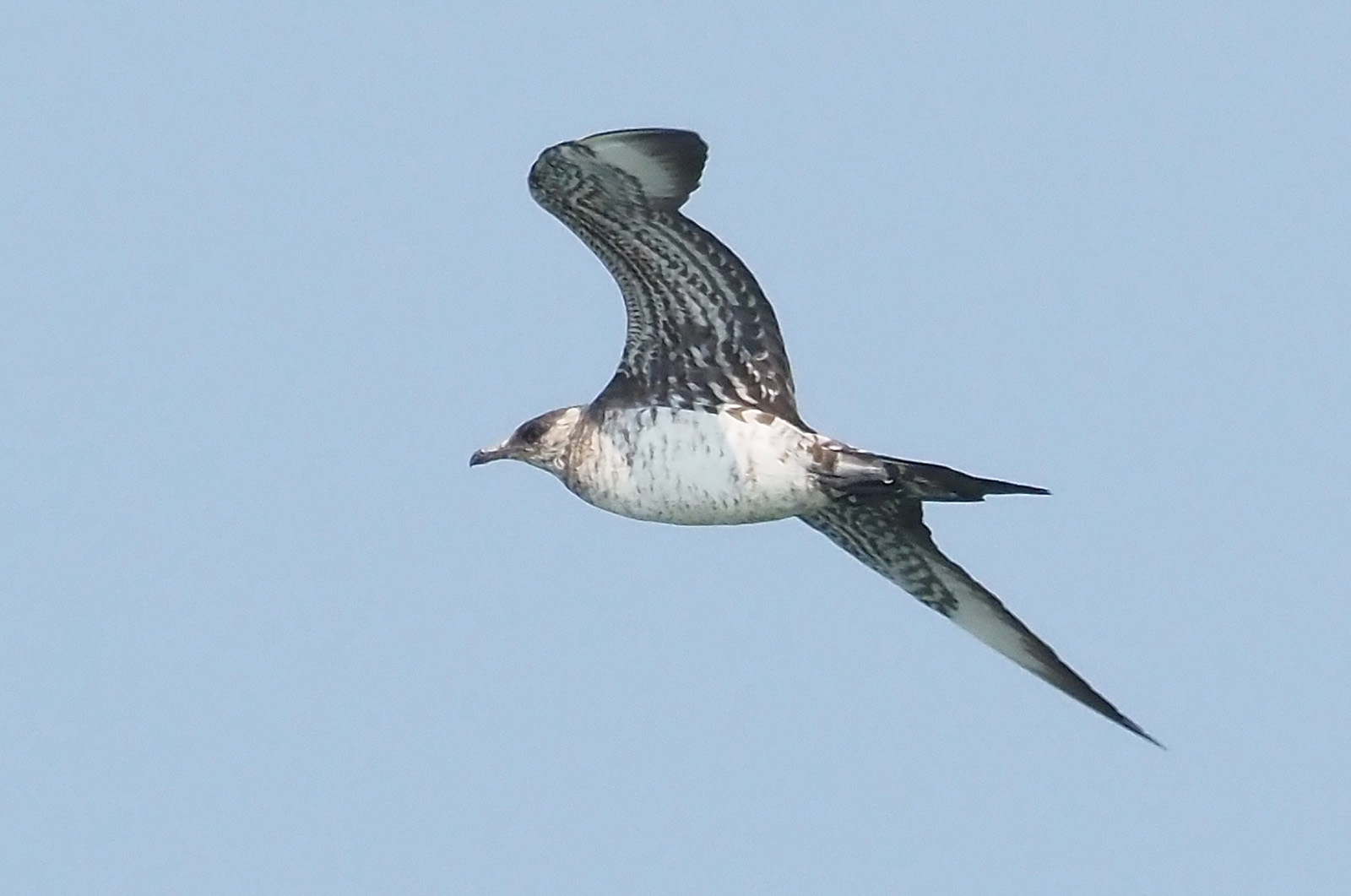
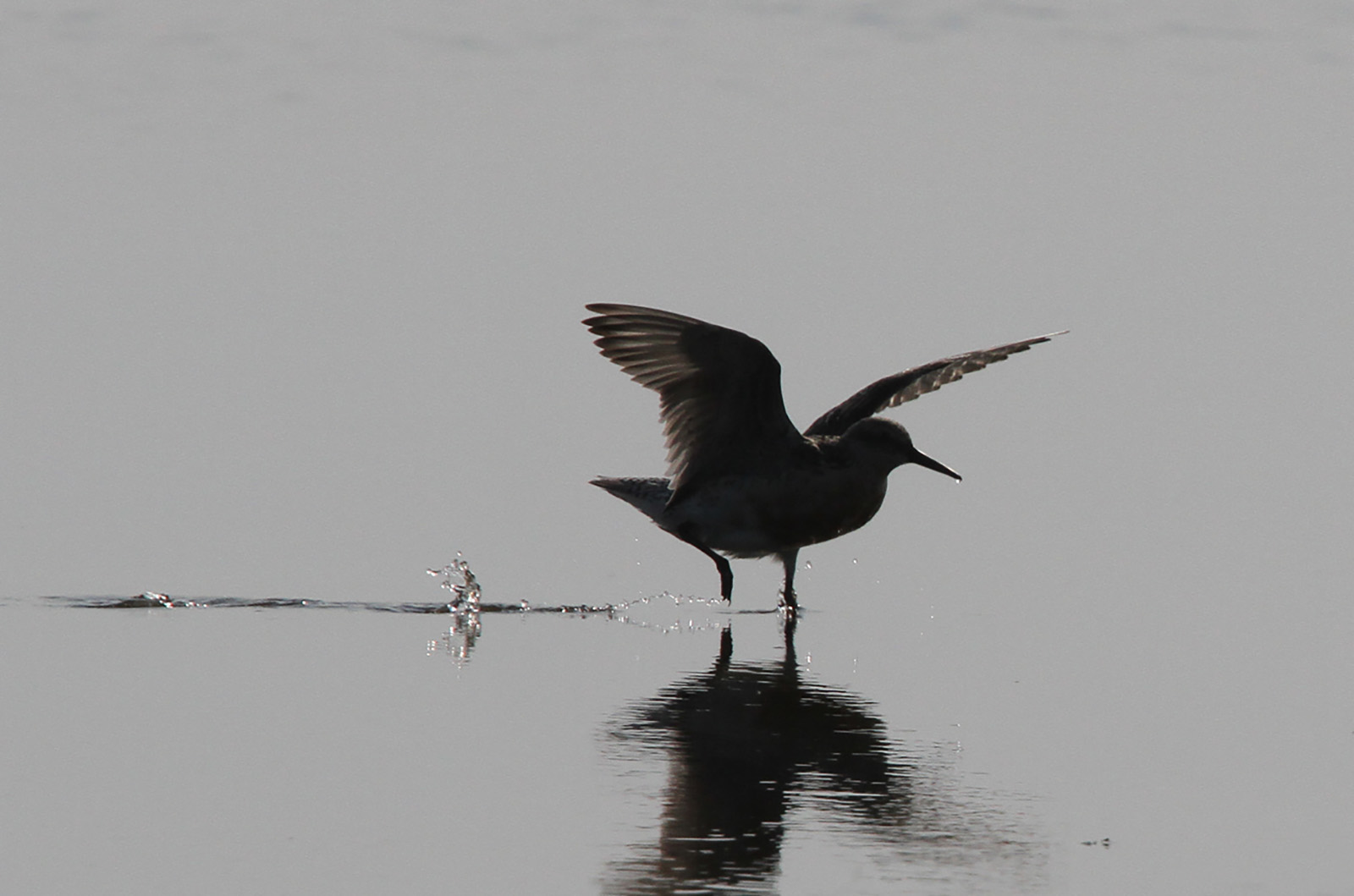
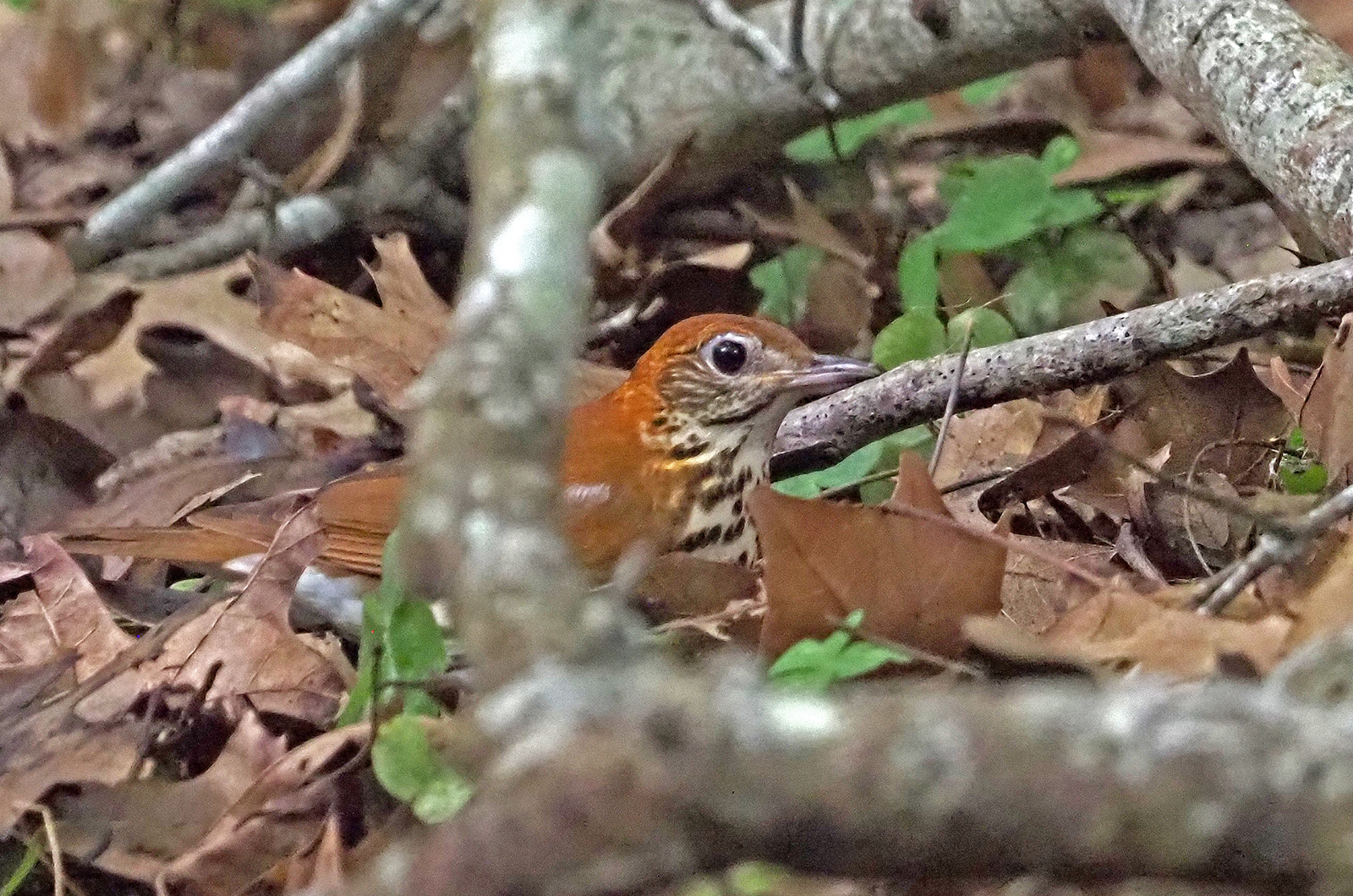
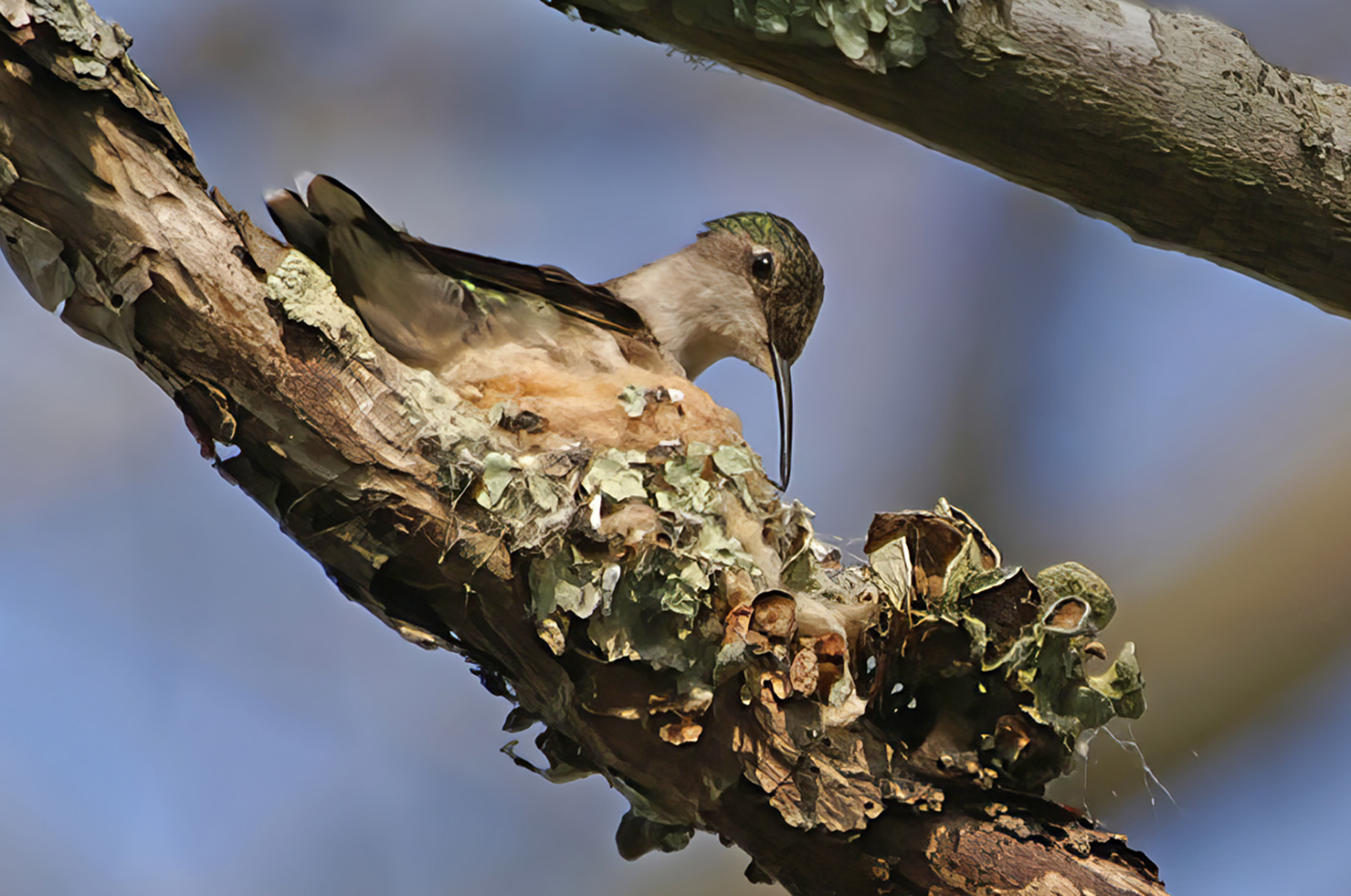





Comments
Comment policy »